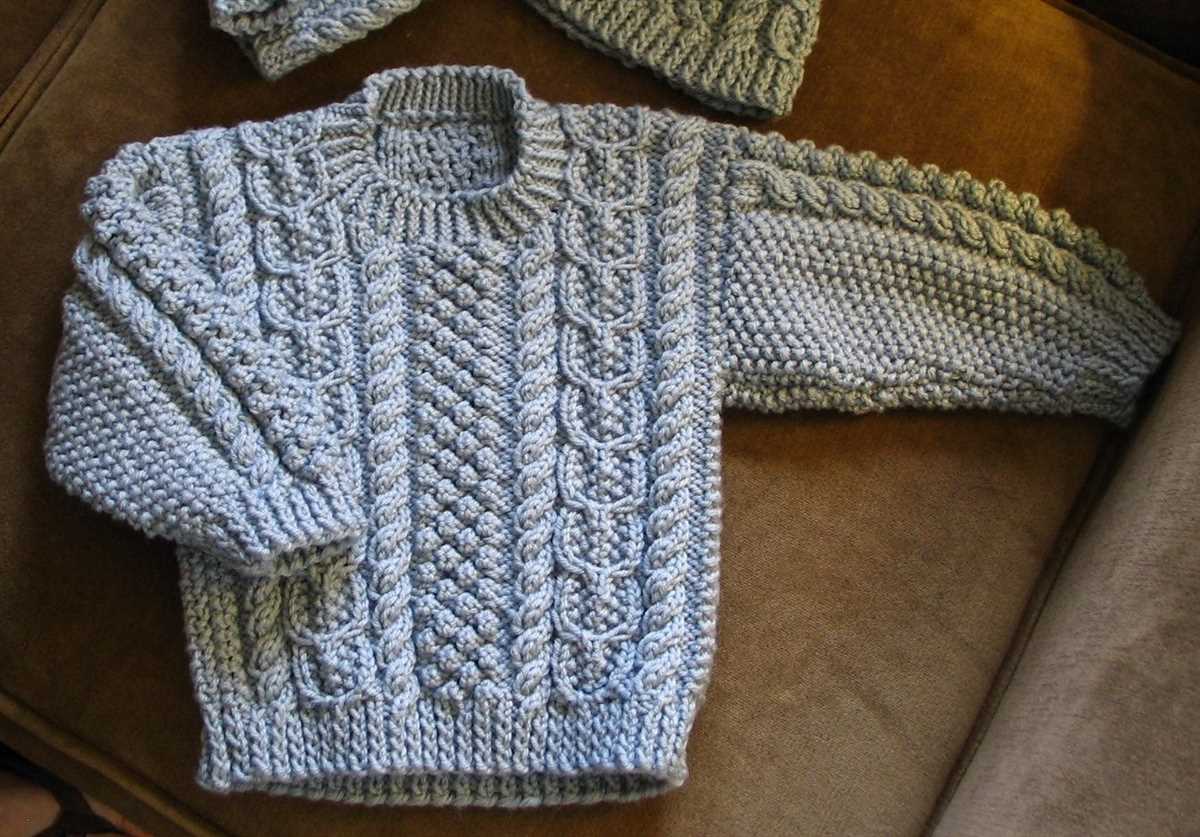
As the weather starts to cool down, it’s time to start thinking about keeping your little ones warm and cozy. Knitting baby sweaters is a wonderful way to create something special for the little bundles of joy in your life. Whether you’re an experienced knitter or just starting out, there are plenty of adorable and easy-to-follow patterns available that will result in beautiful knit baby sweaters.
When it comes to choosing a pattern, the options are endless. From classic cardigans to trendy pullovers, there is a knit baby sweater pattern to suit every style and skill level. You can also experiment with different yarns and colors to create a unique and personalized garment for your baby. Plus, knitting baby sweaters is a great way to use up your leftover yarn and practice new stitches.
Knitting baby sweaters not only provides the opportunity to create adorable and stylish garments, but it also offers a sense of satisfaction and fulfillment. Seeing a baby wearing your hand-knit sweater is a special feeling that can’t be replicated. So, grab your knitting needles and let’s get started on some beautiful knit baby sweater patterns! Your little one will thank you for it.
The Basics of Knitting
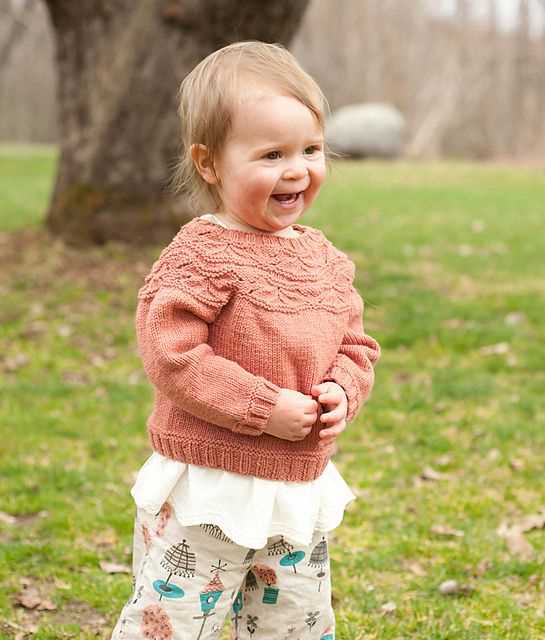
Knitting is a popular craft that involves using two or more needles to create a fabric from yarn or thread. It is a versatile and creative hobby that allows individuals to create a wide range of items, including baby sweaters. Knitting can be enjoyed by people of all ages and skill levels, making it a great activity for both beginners and experienced crafters.
Before starting a knitting project, it is important to gather the necessary supplies. This typically includes knitting needles, yarn, and a pattern. Knitting needles come in various sizes and materials, such as metal, wood, or plastic. The size of the needle will depend on the thickness of the yarn and the desired tension of the finished piece. Yarn can also vary in texture, thickness, and color, allowing for endless possibilities in creating unique and personalized items. Additionally, having a pattern or instructions for the desired project is essential for understanding the necessary stitches and techniques.
Basic knitting stitches
- Knit stitch: This is the most basic stitch in knitting. It involves inserting the needle into the stitch on the left-hand needle, wrapping the yarn around the needle counter-clockwise, and pulling the loop through.
- Purl stitch: The purl stitch creates a f
Understanding Knitting Needles and Yarns
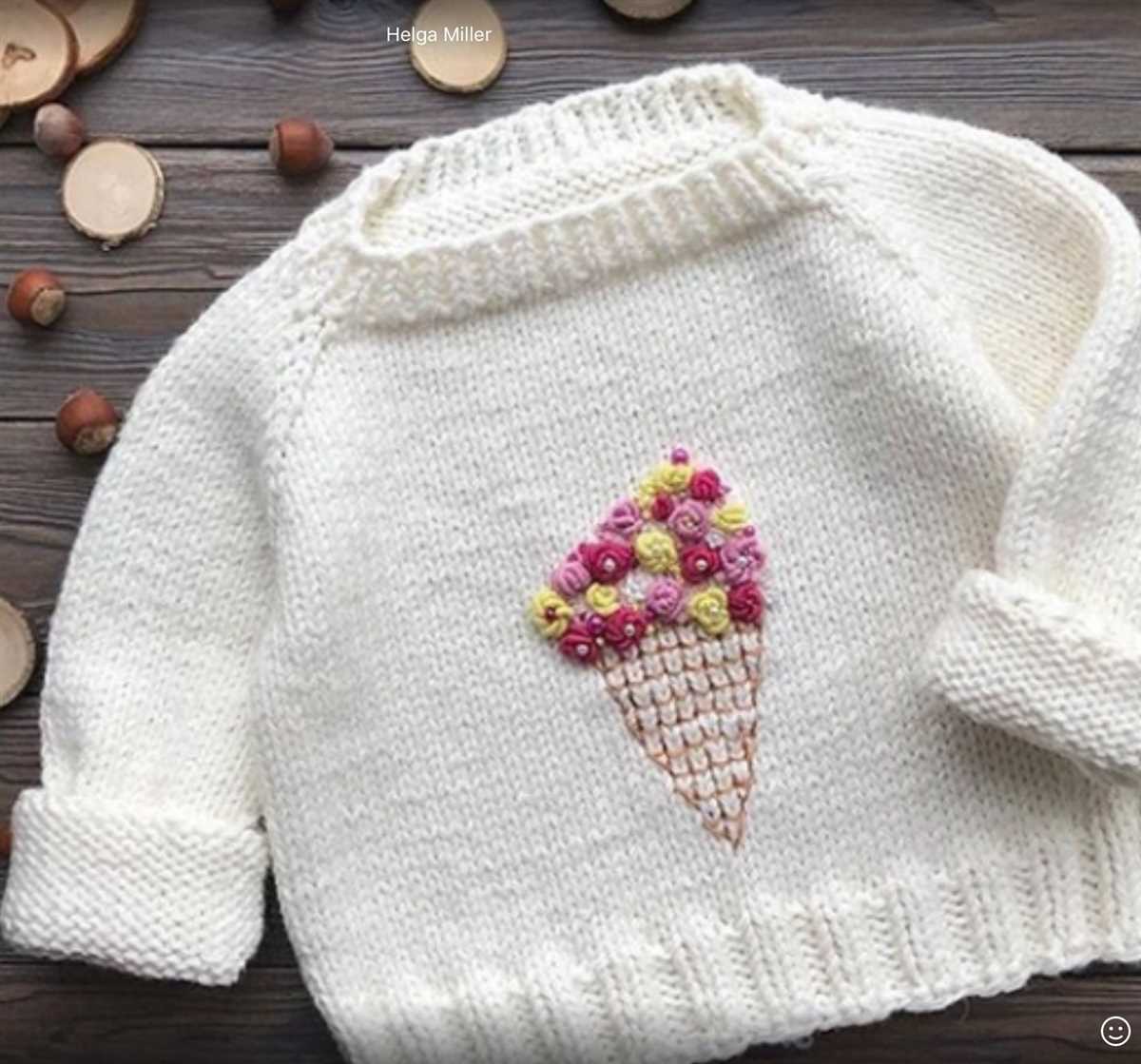
When it comes to knitting, understanding the different types of needles and yarns available is essential for creating successful and beautiful projects. Knitting needles come in various shapes, sizes, and materials, each with its own unique characteristics. Yarns, on the other hand, vary in weight, fiber content, and texture, affecting the overall look and feel of the final product.
Knitting Needles: There are two main types of knitting needles: straight needles and circular needles. Straight needles are straight, usually made of metal, bamboo, or plastic, and come in pairs. They are ideal for knitting flat pieces like scarves and dishcloths. Circular needles, on the other hand, have a flexible cable connecting two needle tips, allowing for the knitting of larger projects such as sweaters and blankets. They are also great for knitting in the round, such as hats and socks.
When choosing knitting needles, it’s important to consider the size or gauge of the needles. The size is indicated by a number, which corresponds to the diameter of the needle. Thicker needles are used for bulkier yarns, while thinner needles are used for finer yarns. It’s crucial to match the needle size to the recommended gauge in the knitting pattern to ensure the correct dimensions and tension of the finished project.
Yarns: Yarns come in different weights or thicknesses, ranging from lace weight to super bulky. The weight of the yarn determines the size of the stitches and the drape of the finished garment. Lace weight yarn is delicate and creates lightweight fabrics, while super bulky yarn is thick and results in cozy, warm projects. It’s important to choose a yarn weight that complements the intended use of the project.
Another important aspect of yarn is the fiber content. Yarns can be made from various fibers, such as wool, cotton, acrylic, and silk. Each fiber has its own properties, affecting the feel, warmth, and care requirements of the finished item. For example, wool yarns are warm and elastic, making them great for sweaters, while cotton yarns are cool and breathable, suitable for summer garments.
Lastly, the texture of the yarn plays a role in the overall look of the project. Yarns come in different textures, including smooth, fluffy, and textured. Smooth yarns create clean and defined stitches, while fluffy yarns add a cozy and soft look. Textured yarns, such as boucle or tweed, can add interest and dimension to the knitted fabric.
By understanding the different types of knitting needles and yarns, knitters can make informed choices when starting a new project. Experimenting with different combinations of needles and yarns can lead to endless possibilities and beautiful creations.
Basic Knitting Stitches
Knitting is a versatile craft that allows you to create beautiful and functional pieces using just two basic stitches: knit and purl. These stitches form the foundation for a wide variety of knitting patterns and techniques. Whether you are a beginner or an experienced knitter, mastering these stitches is essential to becoming proficient in the craft.
The knit stitch is the building block of knitting. It is created by inserting the right-hand needle into the front of the stitch on the left-hand needle, wrapping the yarn around the right-hand needle, and pulling the new loop through the old stitch. This creates a new stitch on the right-hand needle and transfers the old stitch to the new needle. The knit stitch creates a smooth and raised surface on the fabric, and it is often used to create the right side of the work.
The purl stitch is the opposite of the knit stitch. Instead of inserting the right-hand needle into the front of the stitch, it is inserted into the back. The yarn is wrapped around the right-hand needle in the opposite direction, and the new loop is pulled through the old stitch. The purl stitch creates a bumpy or textured surface on the fabric and is often used to create the wrong side of the work or to add variety to a pattern.
Other Important Stitches
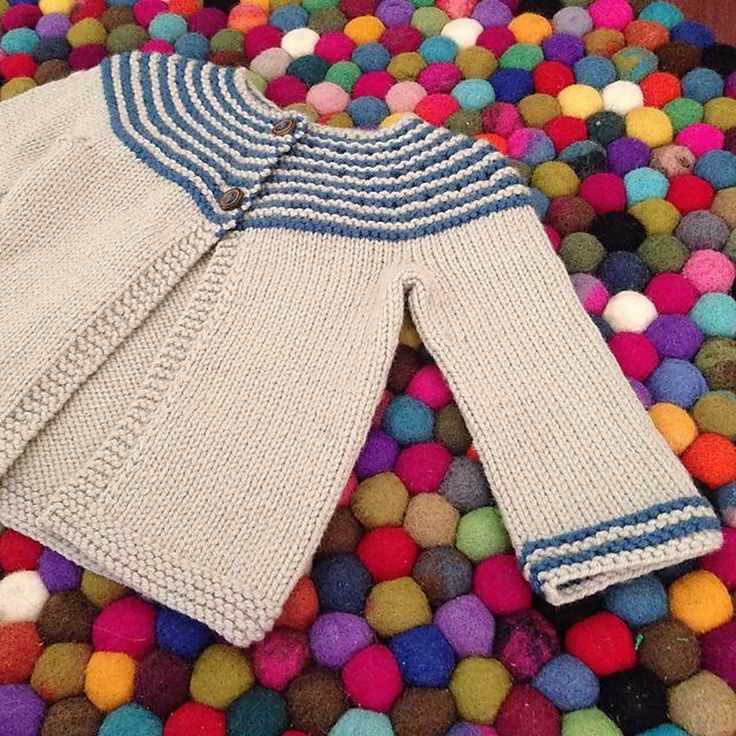
- Stockinette stitch: This is achieved by alternating rows of knit and purl stitches. It creates a smooth fabric with a distinct right side and wrong side.
- Garter stitch: This is created by knitting every row. It creates a fabric with ridges and is reversible.
- Ribbing: This is created by alternating knit and purl stitches in the same row. It is commonly used for cuffs, collars, and hems.
- Seed stitch: This is created by alternating knit and purl stitches in the same row, but shifting the pattern in each subsequent row. It creates a fabric with a textured and slightly bumpy surface.
By mastering these basic stitches, you will have a solid foundation to tackle more complex knitting patterns and techniques. Remember to practice regularly and seek out resources such as tutorials and books to further enhance your knitting skills.
Reading Knitting Patterns
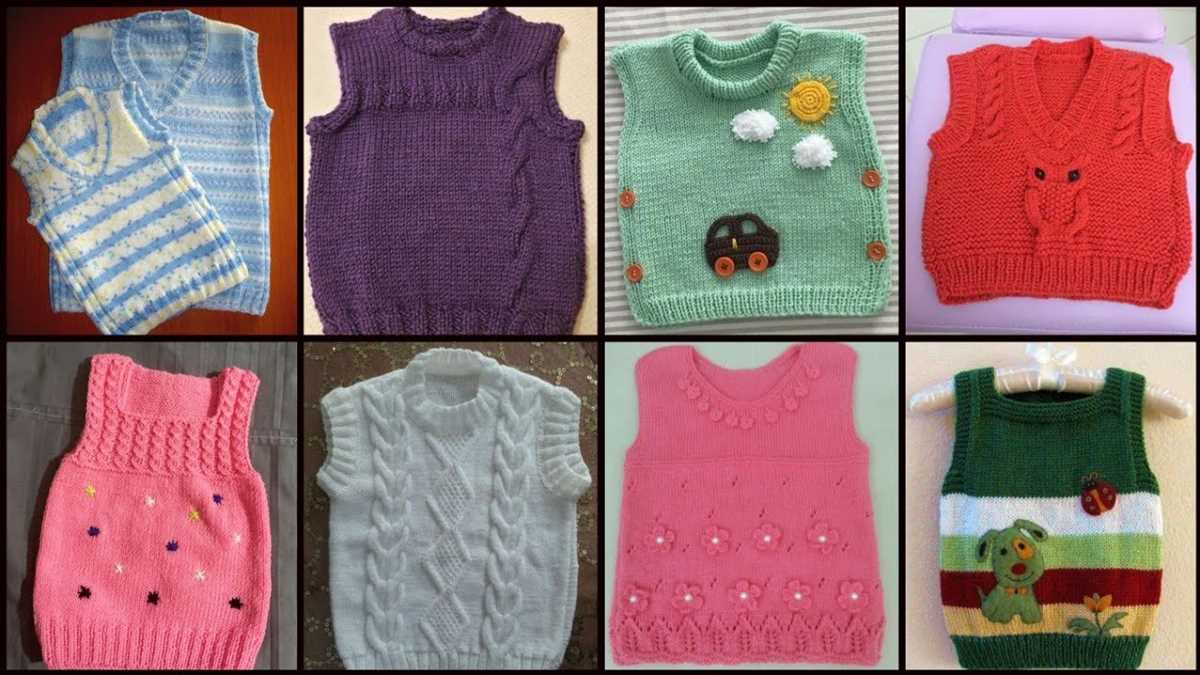
When you first start knitting, reading knitting patterns can be a bit overwhelming. They are filled with abbreviations, symbols, and instructions that may seem confusing at first. However, with practice and a little bit of patience, you will soon become familiar with the language of knitting patterns.
Abbreviations: One of the first things you will notice in a knitting pattern are the abbreviations. These abbreviations are used to save space and make the pattern easier to read. Some common knitting abbreviations include “k” for knit, “p” for purl, “yo” for yarn over, and “st(s)” for stitch(es). It is important to familiarize yourself with these abbreviations before you start knitting, as they will be used throughout the pattern.
Symbols: In addition to abbreviations, knitting patterns often use symbols to represent different stitches or actions. For example, a small “O” may indicate a yarn over, while a “+” may represent a knit front and back. These symbols are usually explained in a key at the beginning or end of the pattern. It is important to pay attention to these symbols, as they can provide important information on how to complete a specific stitch or technique.
Instructions: The instructions in a knitting pattern are written in a specific format and order. They will tell you which stitches to use, how many stitches to cast on, and the order in which to complete the different sections of the pattern. It is important to read the instructions carefully and follow them closely, as even a small mistake can affect the final outcome of your project.
Charted Patterns: Some knitting patterns are presented in chart form, rather than written instructions. These charted patterns use symbols or colors to represent each stitch, and can be a great visual aid for understanding the pattern. It is important to note that charted patterns often include written instructions as well, so make sure to read both the chart and the written instructions to fully understand the pattern.
In conclusion, reading knitting patterns may seem daunting at first, but with practice and patience, you will soon become comfortable with deciphering their language. By familiarizing yourself with abbreviations, symbols, and instructions, you will be able to confidently tackle any knitting pattern and create beautiful projects.
Choosing a Baby Sweater Pattern
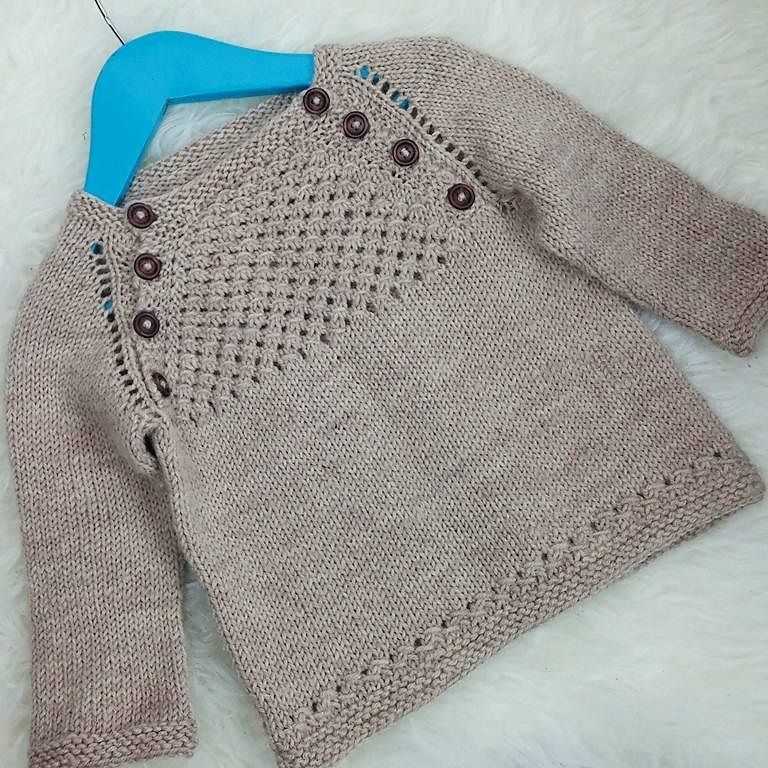
When it comes to knitting a baby sweater, choosing the right pattern is key. There are so many adorable options out there, but it’s important to consider factors such as skill level, style, and the specific needs of the baby. Whether you’re a beginner knitter or more experienced, finding the perfect pattern will ensure a successful and enjoyable knitting project.
Skill Level: Before diving into a baby sweater pattern, it’s essential to assess your knitting skills. Some patterns are designed for beginners and use simple stitches and techniques, while others may require more advanced skills like knitting in the round or working with cables. Be honest with yourself about your abilities and choose a pattern that matches your skill level to avoid frustration and achieve the best results.
Style: Baby sweaters come in various styles, from classic cardigans to cute pullovers and trendy hoodies. Consider the baby’s personality and the parents’ fashion preferences when selecting a pattern. Classic designs are timeless and versatile, while more modern patterns can add a touch of uniqueness to the baby’s wardrobe. Think about the colors and yarn types that will complement the baby’s complexion and the season in which the sweater will be worn.
Baby’s Needs: It’s crucial to take into account the baby’s needs when choosing a sweater pattern. Consider their age, size, and any specific requirements they may have. For example, patterns for newborns often feature button-up fronts or wrap designs for easy diaper changes, while patterns for older babies may include hoods or pockets for added functionality. Additionally, consider the climate and choose a pattern appropriate for the weather conditions in the baby’s location.
In conclusion, when choosing a baby sweater pattern, it’s important to consider factors such as skill level, style, and the specific needs of the baby. By carefully selecting the right pattern, you’ll ensure a successful and enjoyable knitting project and create a cozy and adorable garment for the little one.
Finding the Right Size
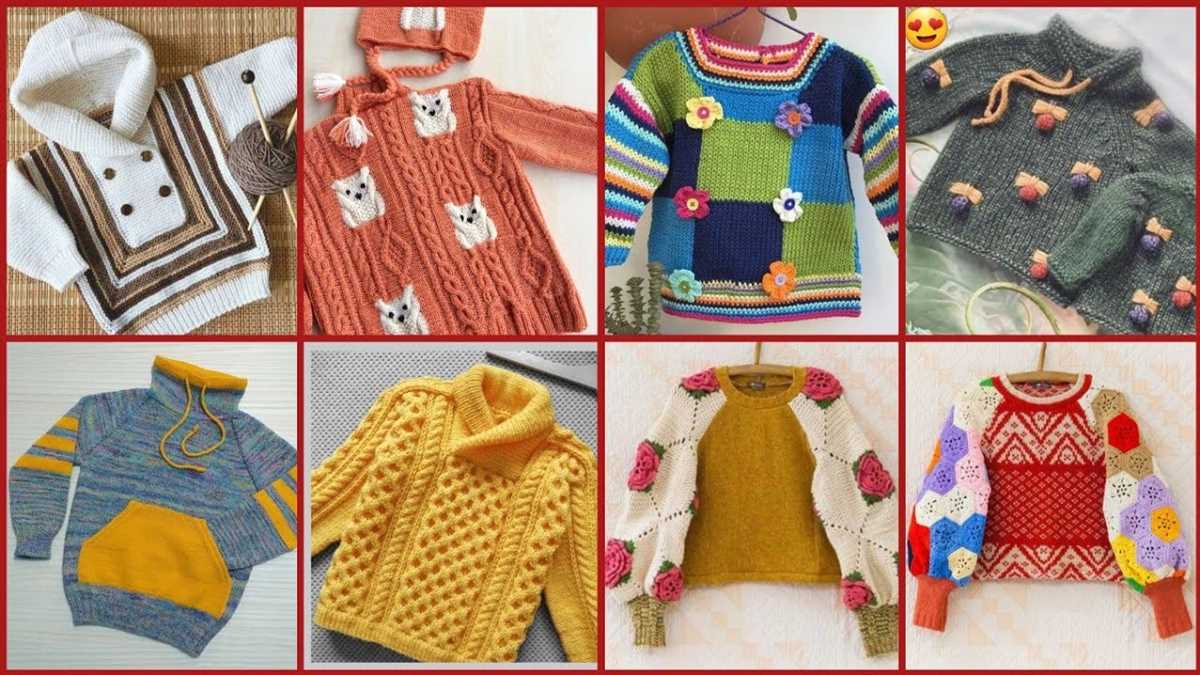
When it comes to knitting baby sweaters, finding the right size is essential. A well-fitting sweater will not only keep the baby warm and cozy, but it will also ensure comfort and ease of movement. Before you start your project, it’s important to determine the size of the sweater you want to knit.
Age-based Sizing: One common way to determine the size of a baby sweater is based on the baby’s age. Many knitting patterns provide sizing options based on months or years. For example, you may come across patterns for newborns, 3 months, 6 months, and so on. Keep in mind that babies grow at different rates, so it’s always a good idea to measure the baby’s chest circumference and length to ensure a perfect fit.
Measurements: Taking accurate measurements is crucial when knitting a baby sweater. To get the right size, you will need to measure the baby’s chest circumference, length from shoulder to hem, and sleeve length. Make sure to measure the baby while they are wearing lightweight clothing, as this will provide the most accurate measurements.
Pattern Adjustments: In some cases, you may find that the knitting pattern you have chosen does not include the exact size you need. In such situations, you can make adjustments to the pattern to achieve the desired size. This may involve increasing or decreasing the number of stitches or rows, or even using a different yarn weight. Just make sure to keep track of your modifications and take thorough notes to refer to later.
Considering Knitting Techniques
When it comes to knitting baby sweaters, there are several techniques that can be used to create beautiful and intricate designs. One popular technique is stranded colorwork, also known as Fair Isle knitting. This technique involves using multiple colors of yarn in a single row to create patterns and designs. It requires keeping the tension consistent and carrying the unused color across the back of the work. This technique can be used to create cute and colorful patterns for baby sweaters, adding an extra element of visual interest.
Another technique to consider is lace knitting. Lace patterns often feature delicate and intricate designs that can add a touch of elegance to a baby sweater. This technique involves creating intentional holes, or eyelets, in the fabric by increasing and decreasing stitches in a specific pattern. Lace can be incorporated into the body or sleeves of a baby sweater, creating a lightweight and breathable garment that is perfect for warmer weather.
For those who prefer a simpler and more classic look, stockinette stitch is an excellent choice. This technique creates a smooth and even fabric with rows of knit stitches on the right side and purl stitches on the wrong side. Stockinette stitch is versatile and can be used for an entire baby sweater or as a complement to other stitch patterns. It provides a clean and polished finish to the garment, making it suitable for both casual and formal occasions.
- Experimenting with different knitting techniques can help to create unique and personalized baby sweaters.
- Both stranded colorwork and lace knitting require attention to detail and careful stitch manipulation.
- Stockinette stitch is a versatile option that works well for beginners and experienced knitters alike.
Overall, considering different knitting techniques allows for the creation of beautiful and individualized baby sweaters. Whether using stranded colorwork, lace knitting, or stockinette stitch, each technique offers its own unique characteristics and visual appeal. By choosing the right technique for the desired outcome, knitters can ensure that their baby sweaters are both stylish and comfortable. With the endless possibilities of knitting techniques, there is always something new to learn and try.
Exploring Different Baby Sweater Styles
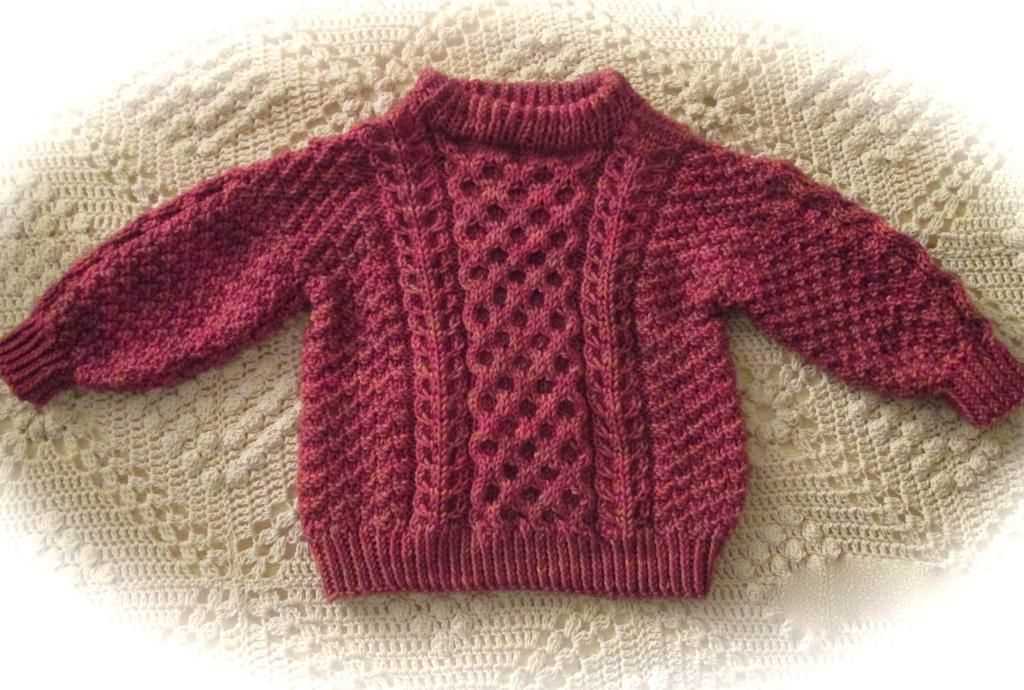
When it comes to knitting baby sweaters, there are so many different styles to choose from. Whether you prefer a classic design or something more modern and trendy, there is sure to be a style that suits your taste. Let’s take a closer look at some of the different baby sweater styles that are popular.
Classic Pullover Sweater
A classic pullover sweater is a timeless choice for a baby. With its simple design and clean lines, it’s perfect for any occasion. You can choose from a variety of stitch patterns and yarns to create a unique and personalized sweater. The classic pullover sweater is a staple in any baby’s wardrobe.
Cardigan Sweater
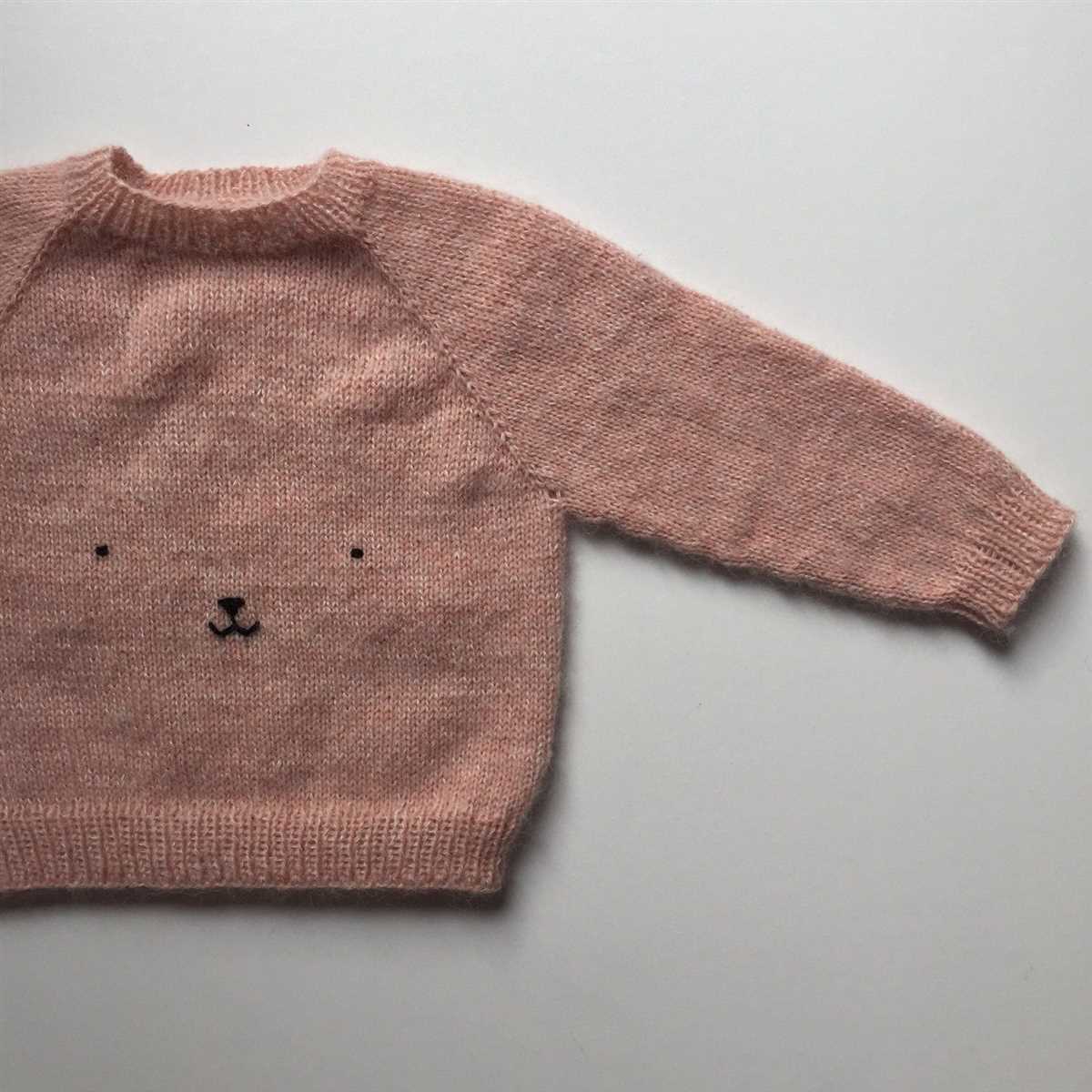
A cardigan sweater is another popular choice for babies. With its front opening and button closure, it’s easy to put on and take off. Cardigans are great for layering, making them versatile for different weather conditions. You can add cute details like pockets or a hood to make it even more special.
Hooded Sweater
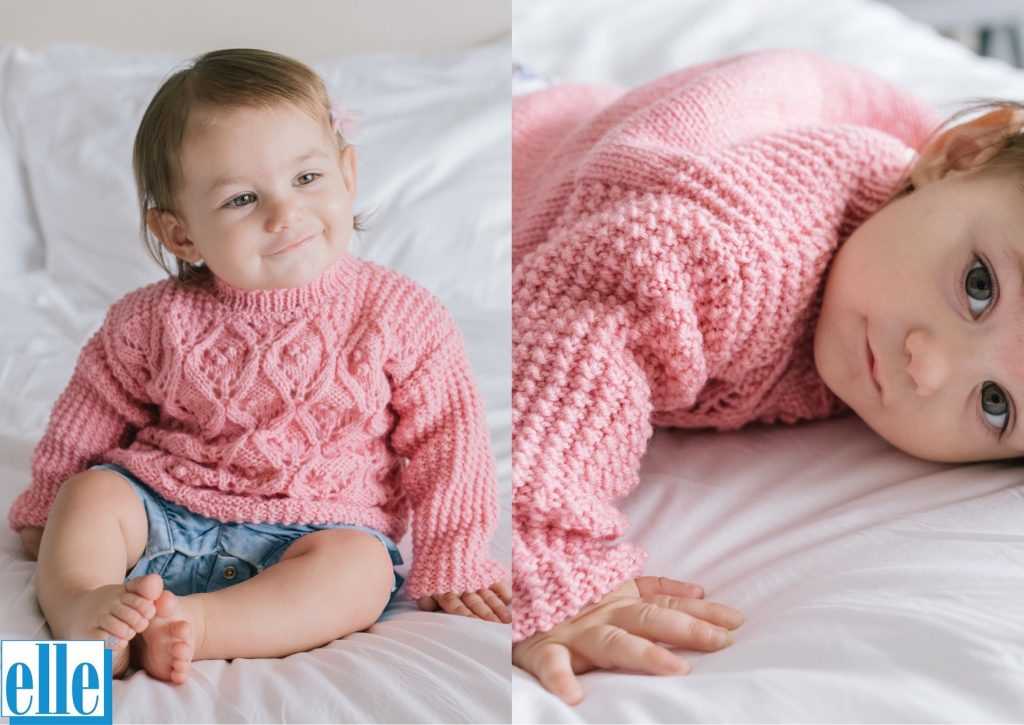
A hooded sweater is not only adorable but also practical. It provides an extra layer of warmth and can protect your baby’s head from the cold and wind. The hood can have cute animal ears or pom-poms for a playful touch. A hooded sweater is a fun and functional addition to any baby’s wardrobe.
Wrap Sweater
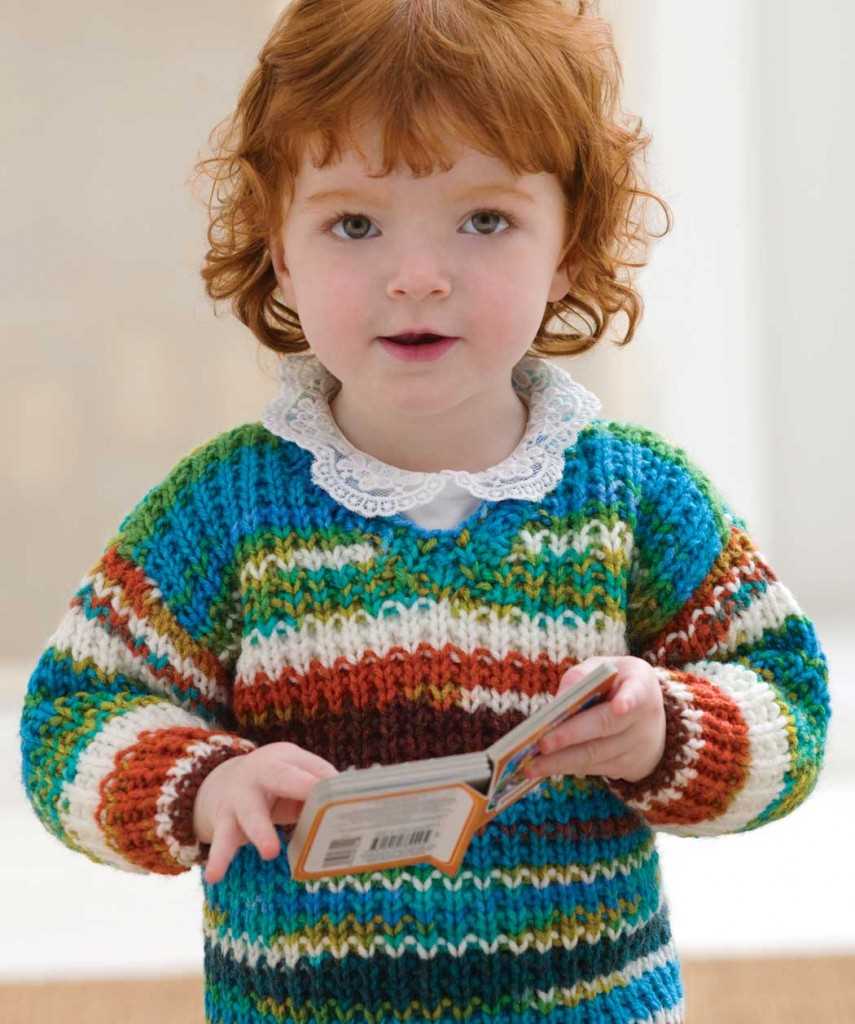
A wrap sweater is an elegant and feminine choice for baby girls. It has a cross-over front with ties or buttons for a secure fit. The wrap design allows for easy dressing and adjusting the size as your baby grows. A wrap sweater is perfect for special occasions or when you want your baby to look extra cute.
- Overall, there are many different baby sweater styles to choose from.
- Whether you prefer a classic pullover, a cardigan, a hooded sweater, or a wrap design, there is something for every taste and occasion.
- Consider the functionality, the yarn, and the stitch pattern when selecting a baby sweater style.
- Don’t be afraid to add cute details like pockets, buttons, or hoods to make the sweater even more special.
- Knitting a baby sweater is a rewarding and enjoyable project, and the end result will surely be cherished for years to come.
Knitting a Baby Sweater
Knitting a baby sweater is a wonderful way to showcase your knitting skills while also creating a cozy and beautiful garment for a little one. Whether you are knitting for your own baby or making a heartfelt gift for a friend or family member, a baby sweater is a timeless and practical choice.
Choosing the right pattern: When selecting a baby sweater pattern, it’s important to consider the level of difficulty, the size range, and the style that you prefer. There are many different patterns available, ranging from simple designs perfect for beginners to more intricate patterns for experienced knitters. Look for patterns that provide clear instructions and include sizing options so you can ensure a perfect fit for the baby.
Gathering the materials: Once you’ve chosen a pattern, it’s time to gather all the necessary materials. You’ll need soft and lightweight yarn specifically designed for baby garments, as well as knitting needles in the appropriate size. Additionally, you may need stitch markers, a tapestry needle for weaving in ends, and buttons or other closures for the sweater. Be sure to read the pattern carefully to determine the exact materials you’ll need.
Following the pattern: Begin knitting your baby sweater by carefully following the pattern instructions. It’s important to gauge your knitting tension to ensure that your stitches are even and the sweater turns out the correct size. Take your time and double-check the instructions as you go to avoid any mistakes. If you come across any unfamiliar terms or techniques, don’t hesitate to consult knitting resources or ask for help from fellow knitters.
Finishing touches: Once you’ve completed all the knitting, it’s time to add the finishing touches to your baby sweater. This may include blocking the knitted pieces to shape them, sewing the sides and sleeves together, adding buttons or other closures, and weaving in any loose ends. Take care with these final steps to ensure a professional-looking and durable finished garment.
Knitting a baby sweater requires patience and attention to detail, but the end result is a precious and heirloom-quality garment that will be treasured for years to come. Enjoy the process of knitting while imagining the little one who will wear your creation, and know that you are creating something truly special with each stitch.
Gathering Supplies
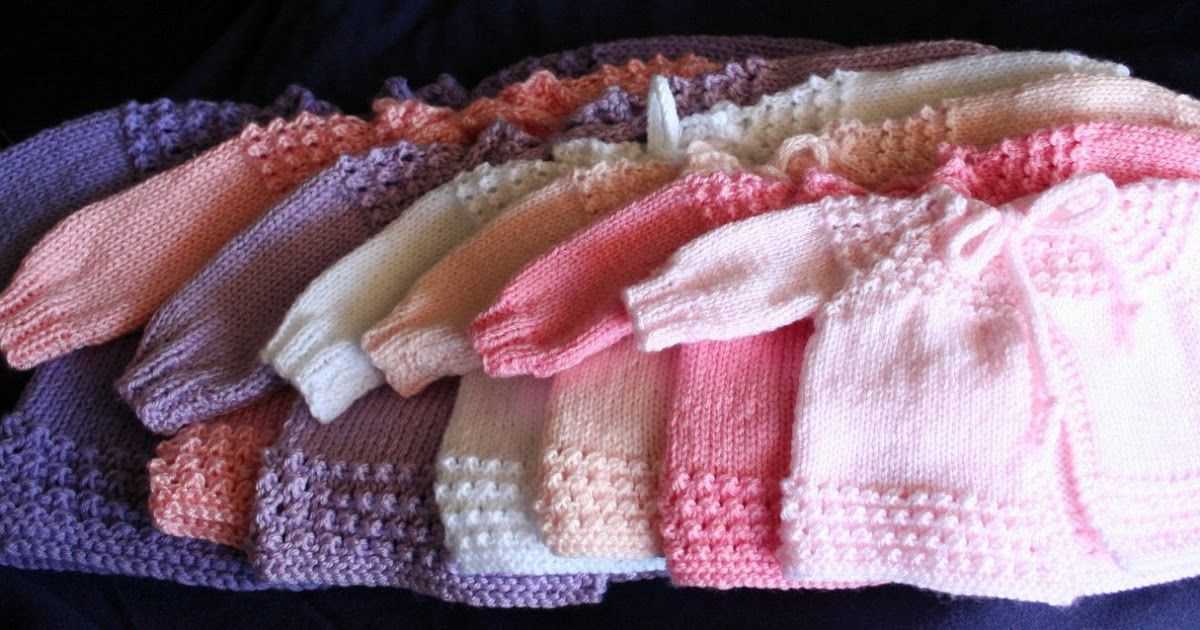
Before you begin knitting a baby sweater, it’s important to gather all the necessary supplies. Having everything on hand will make the knitting process smoother and more enjoyable. Here is a list of essential supplies you’ll need:
- Yarn: Choose a soft and lightweight yarn specifically designed for baby sweaters. Opt for a gentle, hypoallergenic yarn to ensure the baby’s comfort.
- Knitting Needles: Select the appropriate size of knitting needles based on the yarn’s recommended gauge. Circular or straight needles can be used, depending on your preference.
- Tape measure: Accurate measurements are crucial when knitting a baby sweater. A tape measure will help you determine the correct sizing for the sweater.
- Stitch markers: These small plastic or metal rings are used to mark certain stitches in your pattern. They will help you keep track of your progress and make the knitting process easier.
- Tapestry needle: This large-eyed needle is used for weaving in loose ends and sewing up any seams on the sweater.
- Scissors: A sharp pair of scissors will be needed for cutting the yarn and trimming any excess threads.
- Buttons or closures: If your baby sweater pattern requires buttons or closures, make sure to have them ready. Choose buttons that are safe and suitable for infants.
Once you have gathered all your supplies, you’ll be ready to start knitting your baby sweater. Make sure to read and understand the pattern instructions before you begin, and double-check your gauge to ensure the correct fit. With the right supplies and a little patience, you’ll soon have a beautiful hand-knit sweater for the little one in your life.
Following the Pattern Instructions
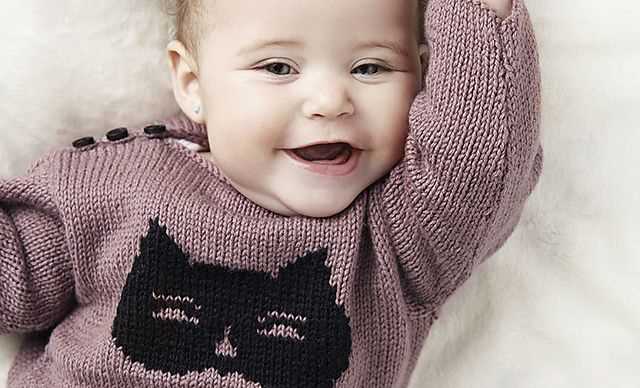
When knitting a baby sweater, it is important to carefully follow the pattern instructions to ensure the best results. The pattern provides a step-by-step guide on how to create the sweater, including the necessary stitches, measurements, and techniques. By following the instructions, you can create a beautiful and well-fitting sweater for your little one.
First, it is essential to read through the entire pattern before starting the project. This will help you familiarize yourself with the instructions and understand the overall construction of the sweater. It is also important to check that you have all the necessary materials and tools mentioned in the pattern, such as the recommended yarn weight and needle size.
The pattern will typically include a list of abbreviations used and their corresponding stitches. Make sure to understand these abbreviations and practice the stitches if you are unfamiliar with them. Additionally, there may be special techniques or stitch patterns mentioned in the pattern that you will need to learn or practice beforehand.
As you begin knitting the sweater, carefully follow each step of the instructions. Use stitch markers or highlighters to mark important sections or repeats in the pattern, making it easier to keep track of your progress. Take your time and double-check your work as you go to ensure accuracy.
It is also a good idea to measure your work periodically to ensure you are maintaining the correct gauge and sizing. This can help prevent any unwanted surprises later on and ensure that the sweater fits your baby properly. If needed, make adjustments to your tension or needle size to achieve the correct gauge specified in the pattern.
By following the pattern instructions carefully, you can create a beautiful knit baby sweater that will keep your little one cozy and stylish. Enjoy the process and remember to take your time to ensure the best possible outcome.
Tips for Knitting a Perfect Baby Sweater
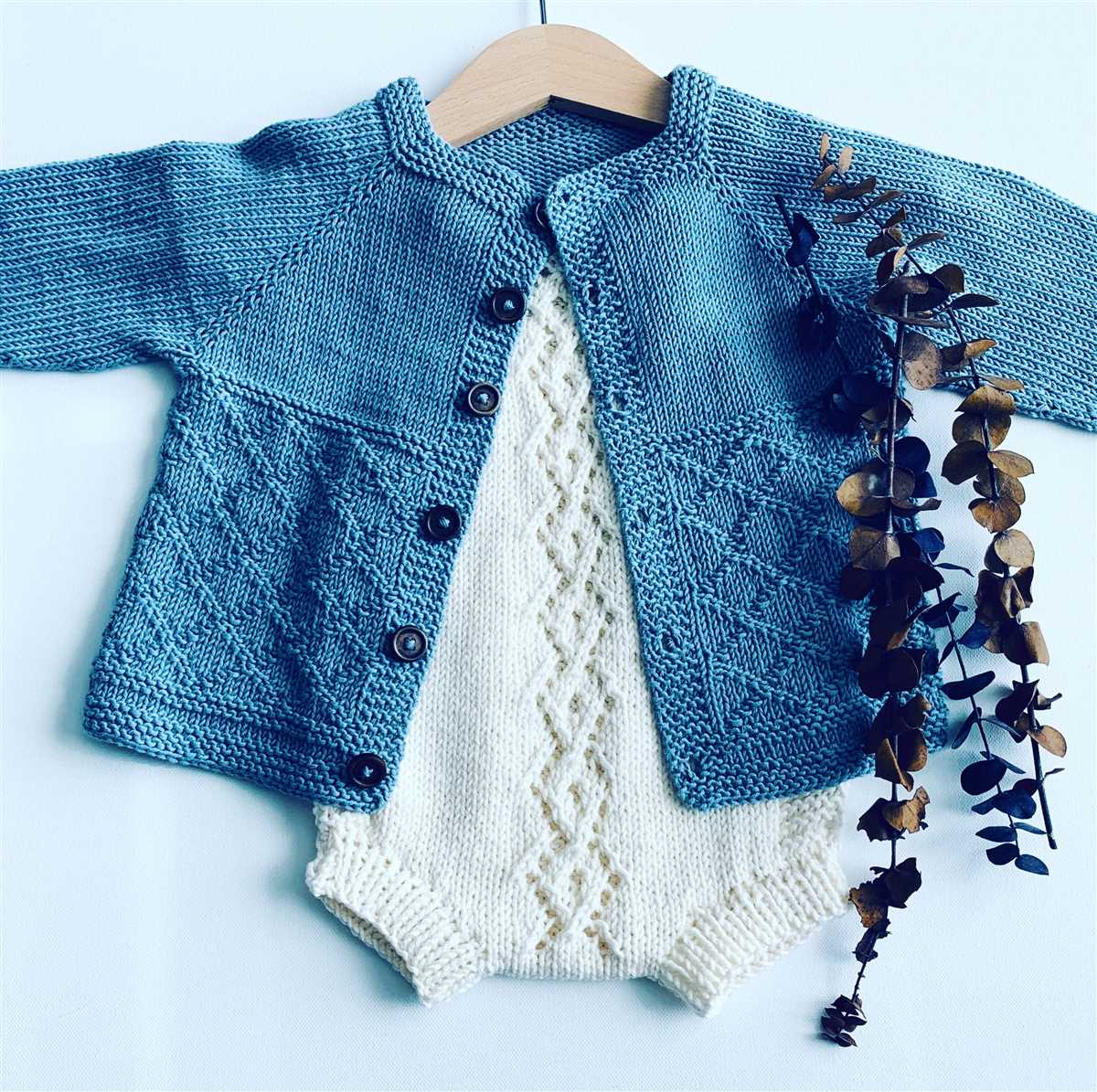
Knitting a baby sweater can be a fun and rewarding project. To ensure a perfect result, here are some tips to keep in mind:
- Choose the right yarn: When knitting a baby sweater, it is important to choose a soft and non-itchy yarn. Look for materials that are gentle against the baby’s sensitive skin, such as cotton or merino wool.
- Follow the pattern: It is essential to carefully read and understand the knitting pattern before you start. Take note of any special stitches or techniques that may be required and make sure to follow the instructions closely.
- Take accurate measurements: Babies come in all shapes and sizes, so make sure to take accurate measurements of the baby you are knitting for. This will help you choose the right size and ensure that the sweater fits perfectly.
- Check your gauge: Before you begin knitting, it is important to check your gauge. By knitting a small swatch using the same needles and yarn, you can ensure that your stitches match the gauge specified in the pattern. This will help you achieve the correct size and fit of the sweater.
- Use stitch markers: Stitch markers can be incredibly useful when knitting a baby sweater, especially when working on patterns with complex stitch repeats. They can help you keep track of your progress and ensure that you don’t make any mistakes.
- Take your time: Knitting a baby sweater requires patience and attention to detail. Take your time with each stitch, making sure to follow the pattern carefully. By being patient and focused, you can create a beautiful and perfect baby sweater.
In conclusion, knitting a baby sweater can be a delightful project. By choosing the right yarn, following the pattern, taking accurate measurements, checking your gauge, using stitch markers, and being patient, you can create a perfect baby sweater that will keep the little one warm and cozy.